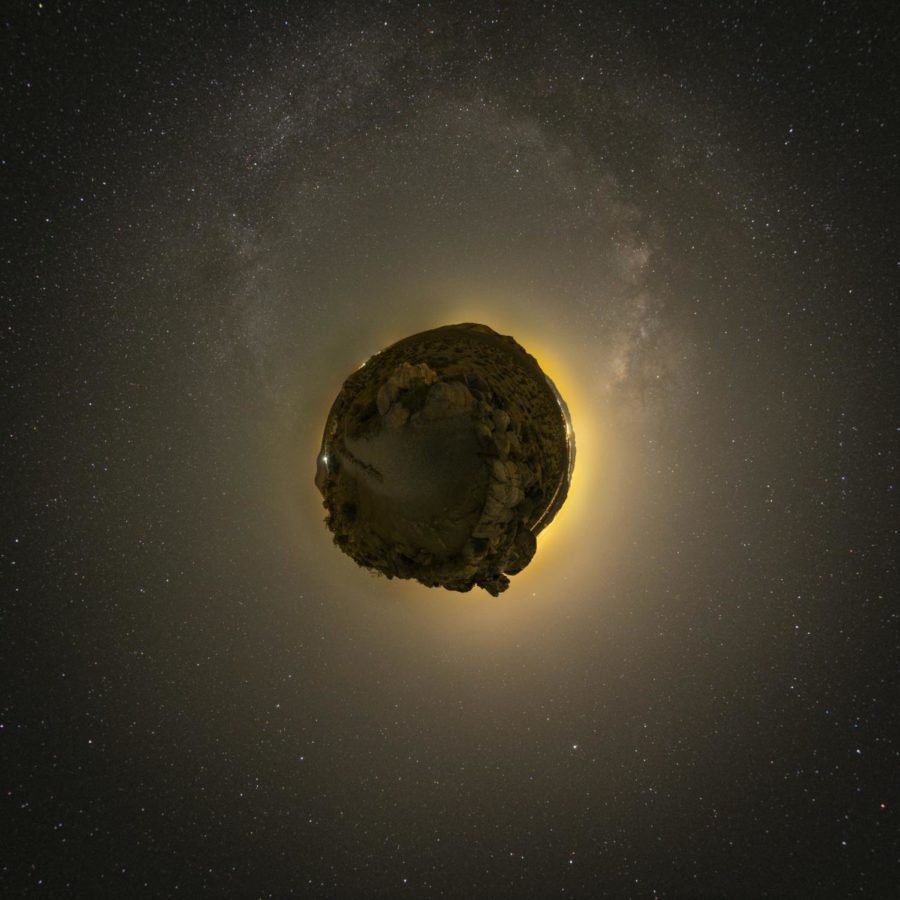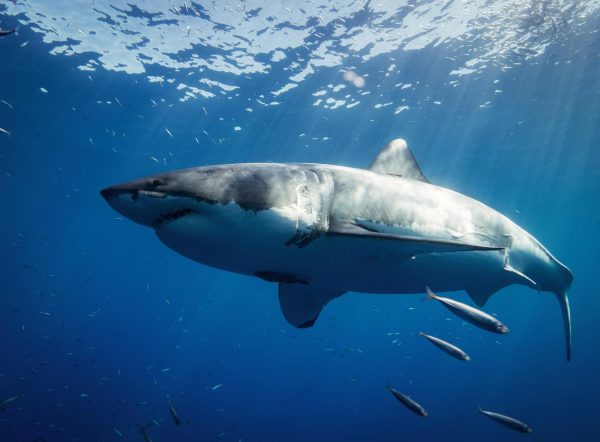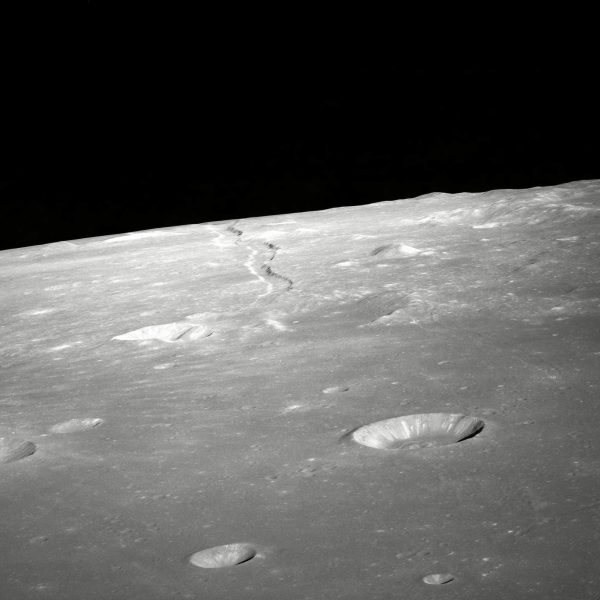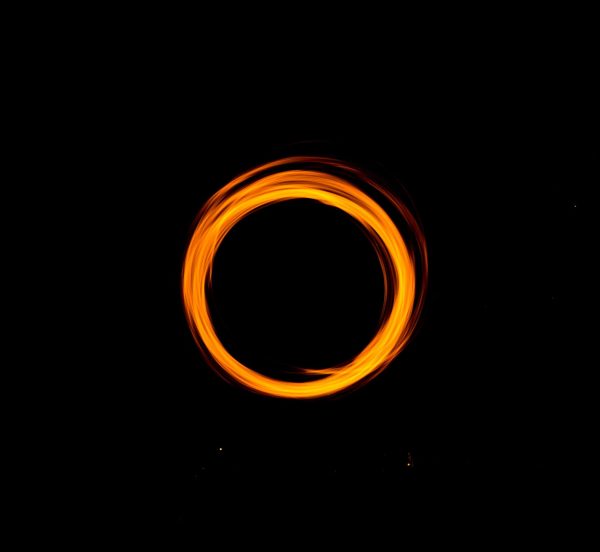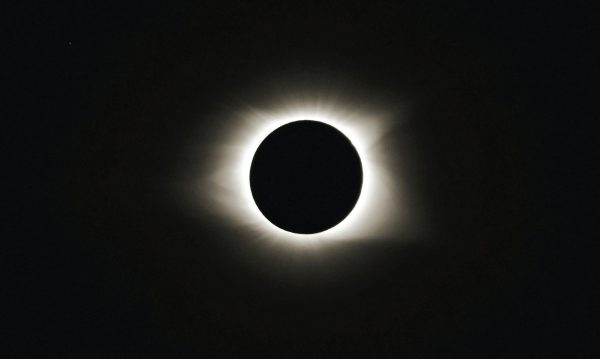NASA’S DART Mission Deflects Asteroid in World’s First Planetary Defense Test
October 11, 2022
On September 26, NASA’s DART Mission made a successful impact with the Dimorphos asteroid in the world’s first planetary defense demonstration. The mission seeks to proved that NASA can utilize its spacecrafts to deflect an Earth-bound asteroid or comet and prevent collision with Earth.
With the DART Mission, NASA aimed to develop a method to protect the Earth from a potential asteroid threat. While humans have evolved to accommodate possibilities of extinction in the past, an asteroid’s impact on Earth could have catastrophic effects on the human population.
The spacecraft was launched in November of 2021 and spent ten months in space before reaching its destination. DART stands for Double Asteroid Redirection Test because it was sent to hit the double asteroid, Dimorphos, knocking it out of its orbit and redirecting its course. The Dimorphos asteroid is 530 feet in diameter and orbits Didymos, a larger 2,560-foot asteroid. DART is equipped with the Didymos Reconnaissance and Asteroid Camera for Optical Navigation (DRACO), which enabled it to distinguish between the two asteroids and make an impact with the correct one. Neither asteroid posed a threat to Earth and were selected solely for demonstration purposes.
DART was not designed to destroy the asteroid on impact since doing so would not prevent collision with Earth, but would only reduce the effects. Instead, DART was designed to hit the asteroid at a specific angle and force in order to change the asteroid’s orbital path and redirect it away from the planet.
The Italian Space Agency deployed DART’s CubeSat companion, Light Italian CubeSat for Imaging of Asteroids (LICIACube), fifteen days before impact and the images it took will be transmitted to Earth periodically in the coming weeks. In four years, the European Space Agency’s Hera Mission will survey Dimorphos and Didymos to analyze the effects of DART’s collision.
The DART Mission cost $325 million dollars and was a collaboration with the Johns Hopkins Applied Physics Laboratory (APL). After further research, NASA will know the degree to which the orbit changed after impact. It is expected for the impact to have shortened the asteroid’s orbit by about one percent, or ten minutes. If this new technology succeeds in its task, then we will be one step closer to having a method of protecting the planet from formerly unavoidable circumstances.


